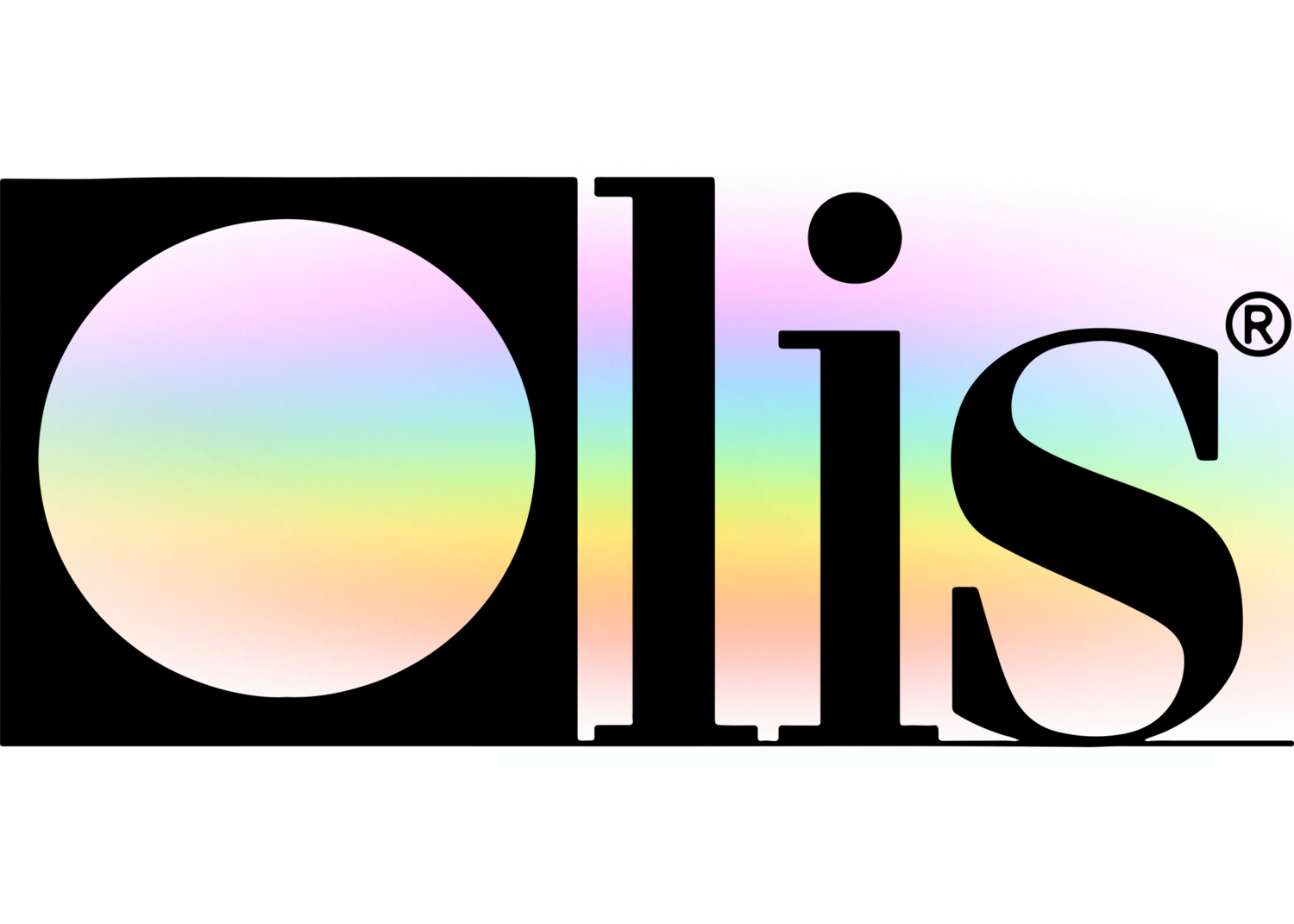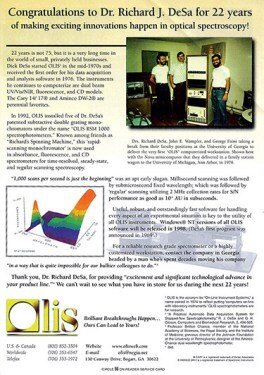The Best Guide To Uv/vis
The Best Guide To Uv/vis
Blog Article
Not known Facts About Uv/vis
Table of ContentsLittle Known Questions About Uv/vis.The Main Principles Of Spectrophotometers Circular Dichroism Can Be Fun For AnyoneMore About Uv/visWhat Does Uv/vis Mean?

Spectrophotometry is a tool that hinges on the quantitative analysis of particles depending on how much light is soaked up by colored substances.
The 6-Minute Rule for Uv/vis/nir
A spectrophotometer is typically utilized for the measurement of transmittance or reflectance of options, transparent or nontransparent solids, such as sleek glass, or gases. Many biochemicals are colored, as in, they absorb noticeable light and therefore can be determined by colorimetric treatments, even colorless biochemicals can typically be transformed to colored compounds ideal for chromogenic color-forming reactions to yield compounds appropriate for colorimetric analysis.: 65 Nevertheless, they can likewise be designed to measure the diffusivity on any of the listed light ranges that typically cover around 2002500 nm utilizing various controls and calibrations.
An example of an experiment in which spectrophotometry is used is the determination of the balance constant of an option. A certain chain reaction within a solution may take place in a forward and reverse direction, where reactants form products and items break down into reactants. At some time, this chemical reaction will reach a point of balance called a stability point.
The smart Trick of Uv/vis/nir That Nobody is Talking About
The quantity of light that passes through the option is indicative of the concentration of particular chemicals that do not allow light to pass through. The absorption of light is due to the interaction of light with the electronic and vibrational modes of particles. Each kind of molecule has an individual set of energy levels connected with the makeup of its chemical bonds and nuclei and hence will soak up light of specific wavelengths, or energies, leading to unique spectral residential or commercial properties.
They are commonly utilized in many industries consisting of semiconductors, laser and optical production, printing and forensic examination, as well as in laboratories for the study of chemical substances. Spectrophotometry is often used in measurements of enzyme activities, decisions of protein concentrations, determinations of enzymatic kinetic constants, and measurements of ligand binding reactions.: 65 Eventually, a spectrophotometer is able to figure out, depending on the control or calibration, what substances are present in a target and exactly how much through computations of observed wavelengths.
Developed by Arnold O. Beckman in 1940 [], the spectrophotometer was created with the aid of his associates at his business National Technical Laboratories founded in 1935 which would become Beckman Instrument Company and ultimately Beckman Coulter. This would come as a service to the formerly produced spectrophotometers which were unable to soak up the ultraviolet properly.
Not known Details About Uv/vis/nir
It would be discovered that this did not give satisfactory results, therefore in Model B, there was a shift from a glass to a quartz prism which enabled much better absorbance results - circular dichroism (https://pagespeed.web.dev/analysis/https-olisclarity-com/ft59obxjpp?form_factor=mobile). From there, Model C was born with a modification to the wavelength resolution which wound up having 3 systems of it produced
It irradiates the sample with polychromatic light which the sample takes in depending on its properties. It is transmitted back by grating the photodiode array which detects the wavelength area of the spectrum. Ever since, the development and application of spectrophotometry gadgets has actually increased profoundly and has turned into one of the most innovative instruments of our time.

The Greatest Guide To Circularly Polarized Luminescence
The grating can either be movable or repaired.
In such systems, the grating is fixed and the intensity of each wavelength of light is determined by a different detector in the array. Furthermore, most contemporary mid-infrared spectrophotometers utilize a Fourier change strategy to obtain the spectral info - https://www.cgmimm.com/arts-entertainment/olis-clarity. This strategy is called Fourier change infrared spectroscopy. When making transmission measurements, the spectrophotometer quantitatively compares the fraction of light that passes through a referral solution and a test service, visit our website then electronically compares the strengths of the 2 signals and calculates the percentage of transmission of the sample compared to the referral standard.

Report this page